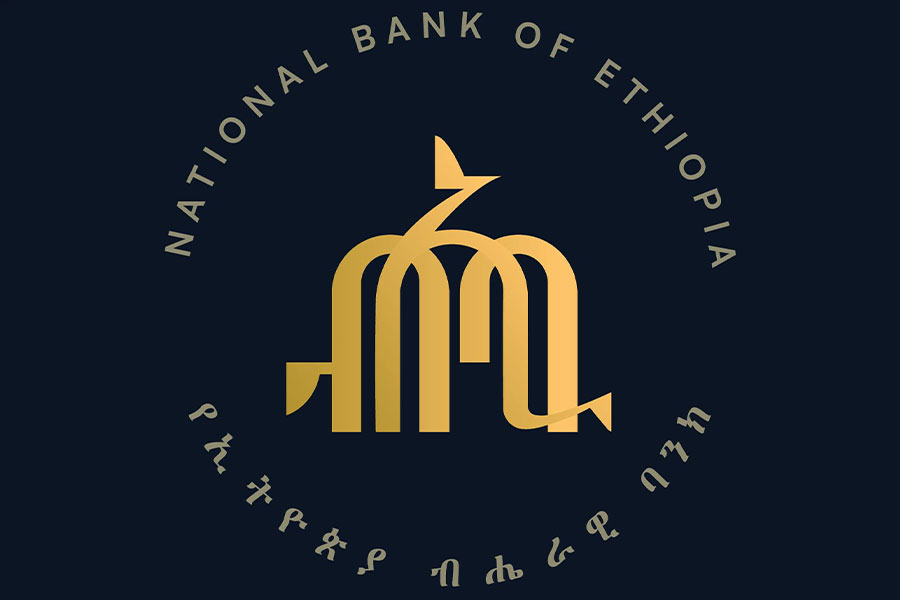
May 6 , 2023.
The history of the Ethiopian labour movement dates back to the 1940s, marked by periods of struggle, tribulations, and occasional triumphs. Workers have fought for democratic rights and demanded improved labour conditions. However, the movement is now at a crossroads, confronted by a changing economic environment and a need to adapt to evolving work structures.
The May Day rally in 1976 remains a vivid example of Ethiopian workers' resilience in their fight for labour rights. Despite the government's threats to crack down, thousands gathered at Mesqel Square and called for a popular government after the 1974 revolutions. The country, then under the military-Marxist regime led by Mengistu Hailemariam (Col.), witnessed the tragic loss of many lives during the protest. Hundreds were killed, ushering in a terrible decade of the "Red Terror".
Labour leaders' determination to rally for better pay, a minimum wage bill, and improved working conditions remains evident four decades later. However, the government's ongoing resistance to such protests underscores the Ethiopian labour movement's challenges. A planned rally was recently cancelled after law enforcement officials cited security concerns. Labour leaders called off the rally a day before May Day, after spending millions of Birr to prepare where Prime Minister Abiy Ahmed (PhD) was invited to attend.
Instead, Kassahun Follo, president of the Ethiopian Confederation of Trade Unions (CETU), held a modest meeting after months of unheeded requests with Muferiat Kemil, the Minister of Labour & Skill.
Ethiopia's labour movement experienced significant milestones over the decades. The growth of industries and the Ethio-Djibouti Railway Workers Union led to the birth of trade unions in the late 1940s and early 1950s. Under the Derg, CETU`s current seat on Africa Avenue (Bole Road) was built, a property worth billions of Birr built in a prime location of Addis Abeba.
On a more substantive front, establishing the Ethiopian Labour Union (ELU) in 1952 was a landmark moment. Under the leadership of pioneers such as Abera Gemu, the ELU played a vital role in advocating for workers' rights, fair wages, and decent working conditions. However, the movement's leaders have endured imprisonment, torture, exile, and murder under successive regimes, including Abera.
Early on, labour leaders pushed for the introduction of the country's first labour laws in 1963, authored by a committee comprising Yilma Deressa, Endalkachew Mekonnen and Zewdie Gebresellasie, all senior government officials during the Emperor`s reign.
In the aftermath, leaders such as Fesehatsion Tekie and Beyene Solomon helped found the Confederation of the Ethiopian Labour Union (CELU). Jailed for seven years under the Derg, the latter lived long to write his memoir, “Fighter for Democracy: The Saga of an Ethiopian Labor Leader.”
Labour leaders used their considerable and growing influence to ally with social forces to demand political and economic reforms. They had made strikes a regular feature of the industrial landscape, a significant inspiration for the revolutionary fervour that swept the country at the time. The labour movement played a significant role in overthrowing the Imperial government in 1974, eventually establishing a socialist Derg regime.
More militant and politically partisan figures took the helm in 1975, with Alem Abdi, Markos Hagos and Tessema Deressa replacing Fesehatsion and Beyene. Markos was killed, and the soldiers co-opted CELU, making it a part of the ruling party's structure. Independent labour organisations were banned, and the autonomy of the trade unions was severely curtailed.
Under the Derg, the labour movement fell under repression with violent contests among the emerging political parties to control CELU`s leadership. CELU was restructured in the early 1980s under the All Ethiopian Workers` Association (AEWA), one of the many social mobilizations effectively put under the wings of the ruling Workers Party of Ethiopia (WPE). The state captured the labour movement.
The collapse of the Derg in the early 1990s paved the way for the regeneration of the labour movement.
The Confederation of Ethiopian Trade Unions (CETU) was established in 1993 as an umbrella organization for various trade unions across the country. Despite claiming nearly 300,000 members through 13 federations, CETU found itself at odds with the Revolutionary Democrats under Meles Zenawi, eventually forcing CETU`s President, Dawi Ibrahim, into exile. He now advises Kassahun, after returning in the late 2010s.
The labour movement is now facing the challenges of deindustrialization and the rise of non-standard employment arrangements. With technological advances, automation, and digitalization, traditional manufacturing jobs are declining, giving way to knowledge-based industries. According to the International Labour Organization (ILO), Ethiopia's industrial employment share is only 6.3pc, compared to agriculture's 63.5pc.
To remain relevant in this shifting economic landscape, labour movement leaders must adapt to new strategies and focus on promoting strong and independent trade unions. Fragmented and weak trade unions hinder effective advocacy for workers' rights. In a time of expanding industrial zones and foreign capital influx, a strong labour movement is critical to protect workers from exploitation in industries such as manufacturing and construction.
Labour leaders should also address economic inequality and social justice issues in a society where wealth is increasingly concentrated among a small percentage of the population. The labour movement can promote the ideals of income redistribution and social protection for vulnerable workers by voicing these concerns and pushing for policy changes.
The movement's leaders should recognize the importance of engaging with policymakers to achieve shared goals. A large portion of Ethiopia's workforce, 85.2pc according to a 2021 ILO survey, is employed in the informal sector, where labour rights are often neglected. Workers in this sector lack job security, social protection, and access to fair wages, making it difficult for them to address their concerns. Labour unions can lobby policymakers to advocate for policies that protect and support workers in both formal and informal sectors.
As the nature of work evolves, labour movement leaders will be forced to rethink union membership structures, collective bargaining tactics, and alliances with other social movements. Embracing these changes will help ensure workers remain protected and empowered in an ever-changing economic structure.
One critical area where the labour movement can make a difference is in promoting workers retraining and education. As industries shift and technology advances, workers need access to new skills and knowledge to transition to different industries and employment opportunities. Labour unions can be essential in facilitating these transitions, ensuring that workers can adapt and thrive in a rapidly changing job market.
As Ethiopia continues to develop and attract foreign investment, it is crucial for the labour movement to maintain its voice and influence, advocating for the rights and well-being of workers in the country.
Foreign investments in Ethiopia have created jobs and exposed workers to potential exploitation. Some foreign companies have been accused of violating labour rights, including subjecting workers to long hours, low wages, and unsafe working conditions. A strong labour movement can help protect workers from these exploitative practices, ensuring that foreign investment benefits the Ethiopian workforce without compromising their rights and well-being.
To succeed in an increasingly deindustrialized global economic order, the Ethiopian labour movement will be required to innovate and adapt continually. Leaders should build strong and independent trade unions, address economic inequality and social justice issues, and collaborate with policymakers to improve workers' conditions in the formal and informal sectors.
By adapting to the changing global economy and evolving work structures, the Ethiopian labour movement can continue its vital mission to protect and empower workers, ensuring they are not left behind in an ever-changing economic landscape.
PUBLISHED ON
May 06,2023 [ VOL
24 , NO
1201]

Radar | Oct 23,2023

Commentaries | Jun 21,2025

Viewpoints | Dec 21,2019

Viewpoints | Aug 16,2020

Editorial | Apr 20, 2025

Photo Gallery | 180829 Views | May 06,2019

Photo Gallery | 171022 Views | Apr 26,2019

Photo Gallery | 162139 Views | Oct 06,2021

My Opinion | 137331 Views | Aug 14,2021

Dec 22 , 2024 . By TIZITA SHEWAFERAW
Charged with transforming colossal state-owned enterprises into modern and competitiv...

Aug 18 , 2024 . By AKSAH ITALO
Although predictable Yonas Zerihun's job in the ride-hailing service is not immune to...

Jul 28 , 2024 . By TIZITA SHEWAFERAW
Unhabitual, perhaps too many, Samuel Gebreyohannes, 38, used to occasionally enjoy a couple of beers at breakfast. However, he recently swit...

Jul 13 , 2024 . By AKSAH ITALO
Investors who rely on tractors, trucks, and field vehicles for commuting, transporting commodities, and f...

Nov 2 , 2025
The National Bank of Ethiopia (NBE) has scrapped the credit-growth ceiling that had s...

Nov 2 , 2025 . By SURAFEL MULUGETA
The burgeoning data mining industry is struggling with mounting concerns following th...

Nov 2 , 2025 . By YITBAREK GETACHEW
Berhan Bank has chosen a different route in its pursuit of a new headquarters, opting for a transitional building instea...

Nov 2 , 2025 . By BEZAWIT HULUAGER
Nib International Bank S.C. has found itself at the epicentre of a severe governance...